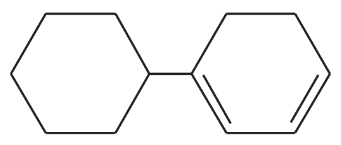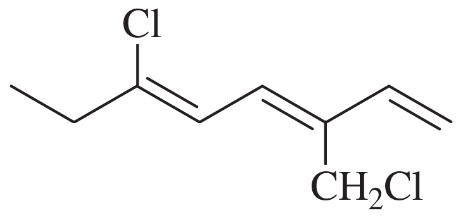1. Determine which of the following compounds show cis-trans isomerism.
2. Draw and name the cis and trans (or Z and E) isomers of those that do.
c. hexa-2,4-diene
d. 3-methylpent-2-ene


 Verified step by step guidance
Verified step by step guidance Verified video answer for a similar problem:
Verified video answer for a similar problem:



 4:28m
4:28mMaster How to name different types of double bonds or rings with a bite sized video explanation from Johnny
Start learning